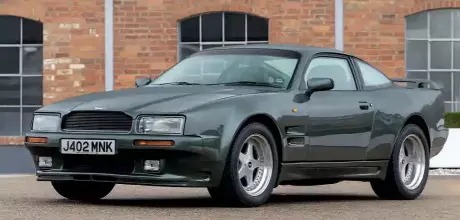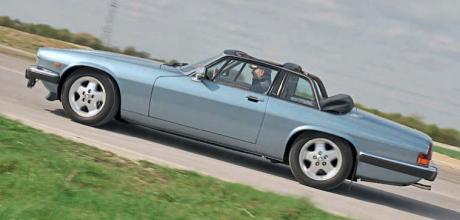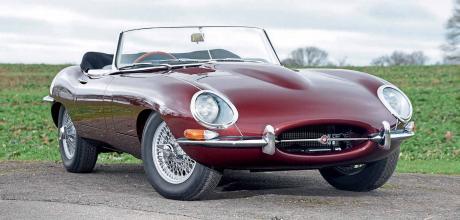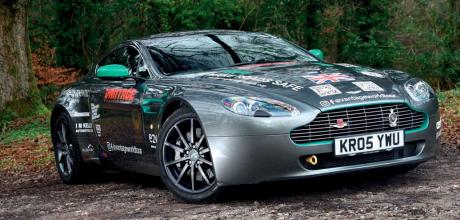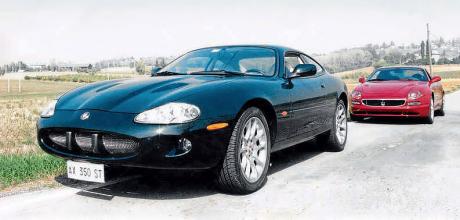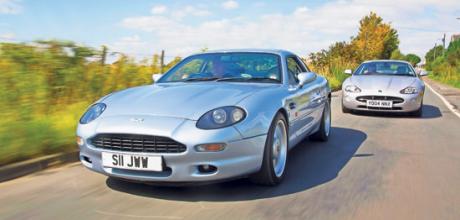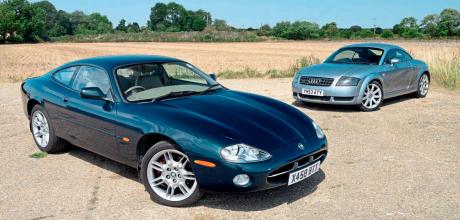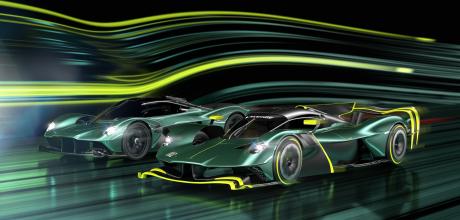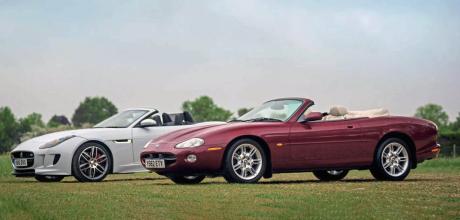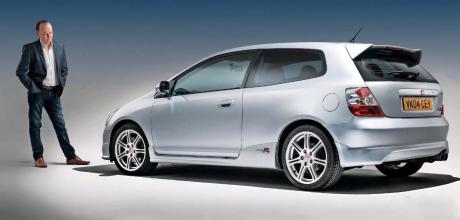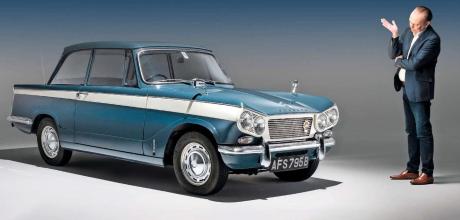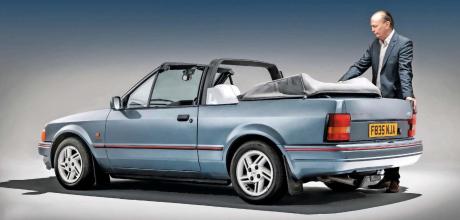Discover what to look out for when buying an Aston Martin Virage, Volante or V8 Coupe from the Eighties and Nineties.
Due to such luminaries as the XK120, E-Type and XJ6 as well as the five Le Mans victories, it’s understandable why many consider the 1950s and 1960s to be Jaguar’s golden era. Yet in my view the company’s best decade is a completely different time for several reasons: the 1980s.
This 1964 Jaguar E-Type Series 1 has only just been returned to the road following a crash by the first owner when it was just three months old. We explore its unique past and take it for a drive. WORDS & PHOTOGRAPHY PAUL WALTON Worth the wait60-YEAR E-TYPE RESTORATION - Crashed when just a few months old, this E-Type 4.2 was a multicoloured mess until being restored last year. Can you imagine how you'd feel if you crashed a three-month-old car?
Whether being used by Aston’s then CEO or driven across Asia, this early V8 Vantage 4.3 has had a remarkable life. We look at its unique history and speak to the current owner who has no plans to retire the car. WORDS AND PHOTOGRAPHY PAUL WALTON EARLY V8 VANTAGE 4.
Although the name was unusual, the improvements made to the AMV8 in 1978 that resulted in the Oscar India were not. For the model’s 45th anniversary we explain why the changes resulted in one of the most attractive and important variations.
It’s a quarter of a century since I first drove the X100 generation of XK when, as an aspiring motoring journalist, I was asked by a leading British car magazine to help with a twin test in Italy between the newly launched Maserati 3200GT and XKR (pictured). After flying to Rome and collecting a British Racing Green Jaguar, I had a fabulous 250-mile drive north to Maserati’s home of Modena where the shoot took place.
There’s an interloper currently in my garage. But it’s not a neighbour’s cat or the chest freezer my wife has wanted in there for some time but rather an Aston Martin. As the new editor of Aston Martin Driver, I’ve been given the keys to Kelsey Publishing’s DB7 3.2 and since it’s parked next to my 2000 Jaguar XK8 4.0 X100, I can’t help but compare the two.
With Jaguar producing some of the most beautiful cars in the world, it takes real courage to change them and few have been done so for the better. It’s for this reason why I’ve always been fascinated by modified Jaguars, especially those done in period, covering plenty in Jaguar World over the years.
Commissioned to photograph an Audi TT for another magazine, Paul compares the four-seat coupe with his own Similar to how Liverpool Football Club and my son’s under 16 team do roughly the same thing while also being totally different, the same could be said of the Jaguar XK8 and first generation of Audi TT. Although both are four-seat coupes, one is a big, purposeful and V8-engined GT and the other smaller with much of its DNA sourced from elsewhere.
Having missed the previous two years due to strict Covid-19 restrictions, it was terrific to finally return to Le Mans in mid-June for the famous 24-hour race. It remains the pinnacle of motorsport and as much fun as when I first went 25 years ago.
The Jaguar XK8 X100 might be the most affordable here, but it’s still one of the best. Cheap thrillsWith summer finally here, there’s never been a better time to buy a convertible. We look at five of Jaguar’s finest from the last four decades that are also affordable There’s a certain irony that the cheapest car on our list is the one that, thanks to its soft, swooping lines and oval grille, looks the most like the famous E-type. But then, that was always the point of the car.
Predicting smart buys in the current market is getting tricky. Rising inflation, soaring energy prices, military conflict and reduced consumer spending are all exerting pressure on values. Higher interest rates may also divert cash that might otherwise have been spent on old cars into savings, and the next couple of years may see values of many classics soften further. So, with a deep breath and fingers crossed I’ve chosen five cars that look like they could be Smart Buys for 2022.
Dropping a six cylinder engine into the suburban Triumph Herald was a genius idea. But in practice the first 1962 to 1967 incarnations of the Triumph Vitesse weren’t all that quick, producing only 70bhp, a top speed of 90mph and sixty in a glacial 17.5 seconds. On the road though they do feel a bit brisker thanks to tipping the scales at a featherweight 920kg – or 17.cwt in old money.
In its day the fresh-air Ford XR3i MkIV was the best front-wheel-drive, mass-produced four-seater cabriolet in the world. Ford of Europe’s first convertible in 20 years arrived in 1983, when just 45 were registered in the UK, but by the late Eighties, production was running at 20,000 units a year. Although you could have it with fuel injection, the sportier XR3i version wouldn’t be available until the MkIV facelift of 1986.



